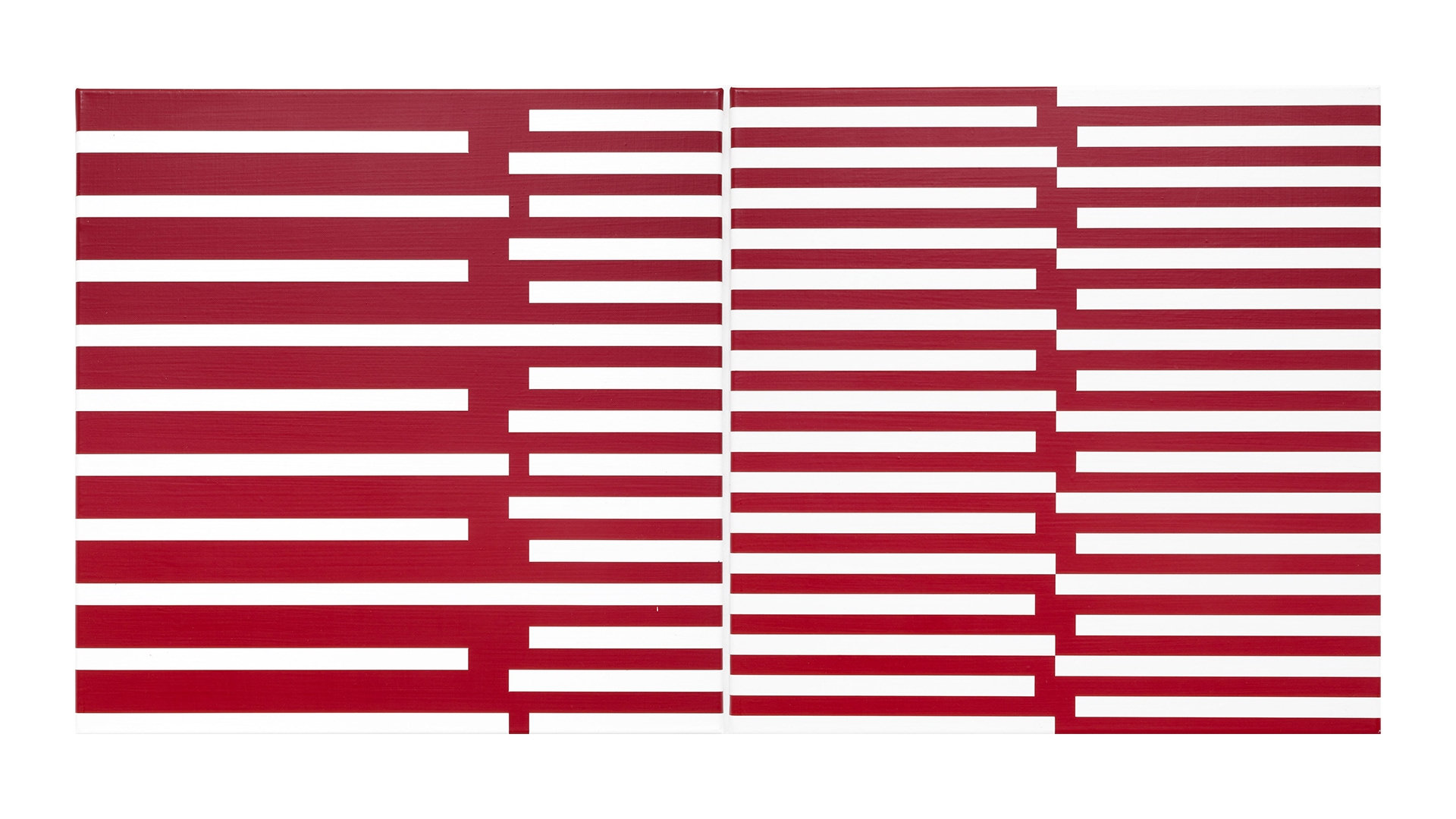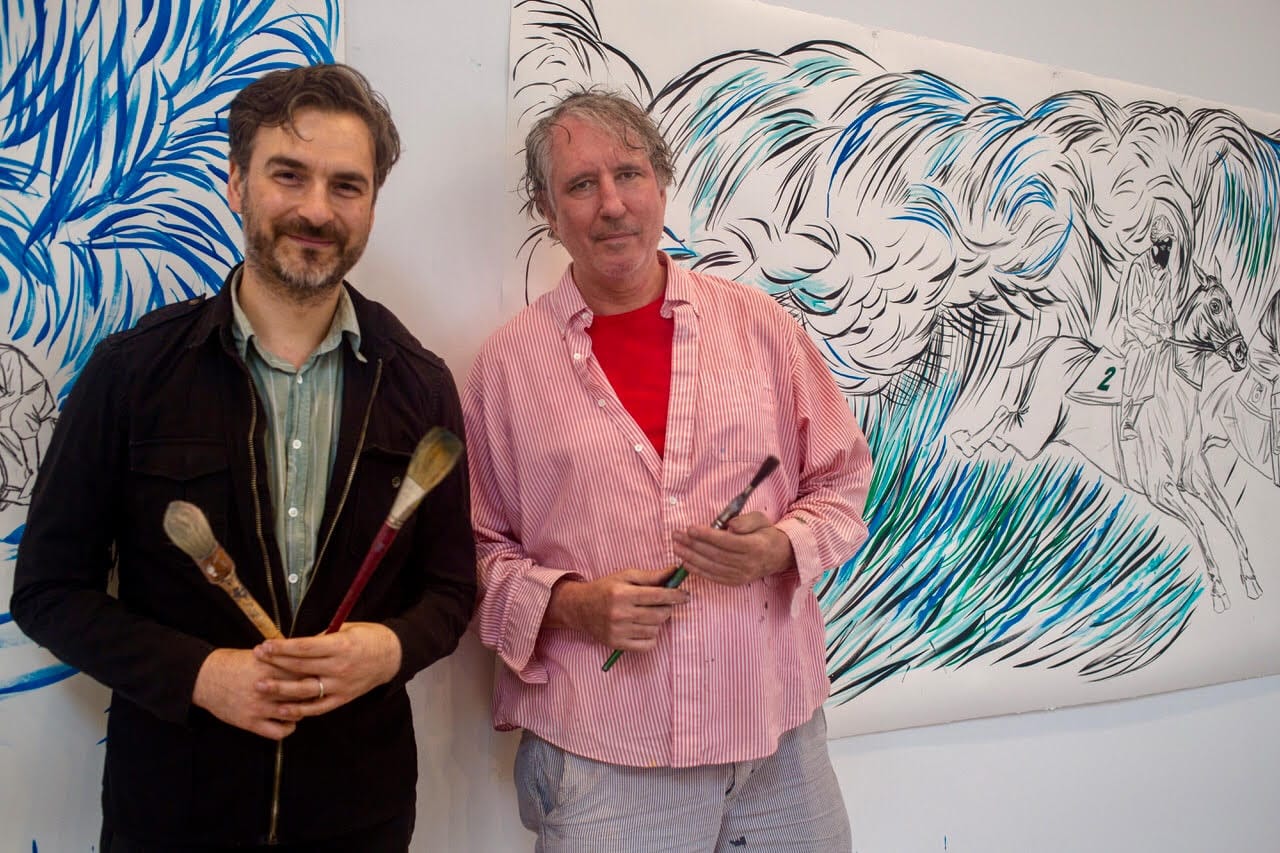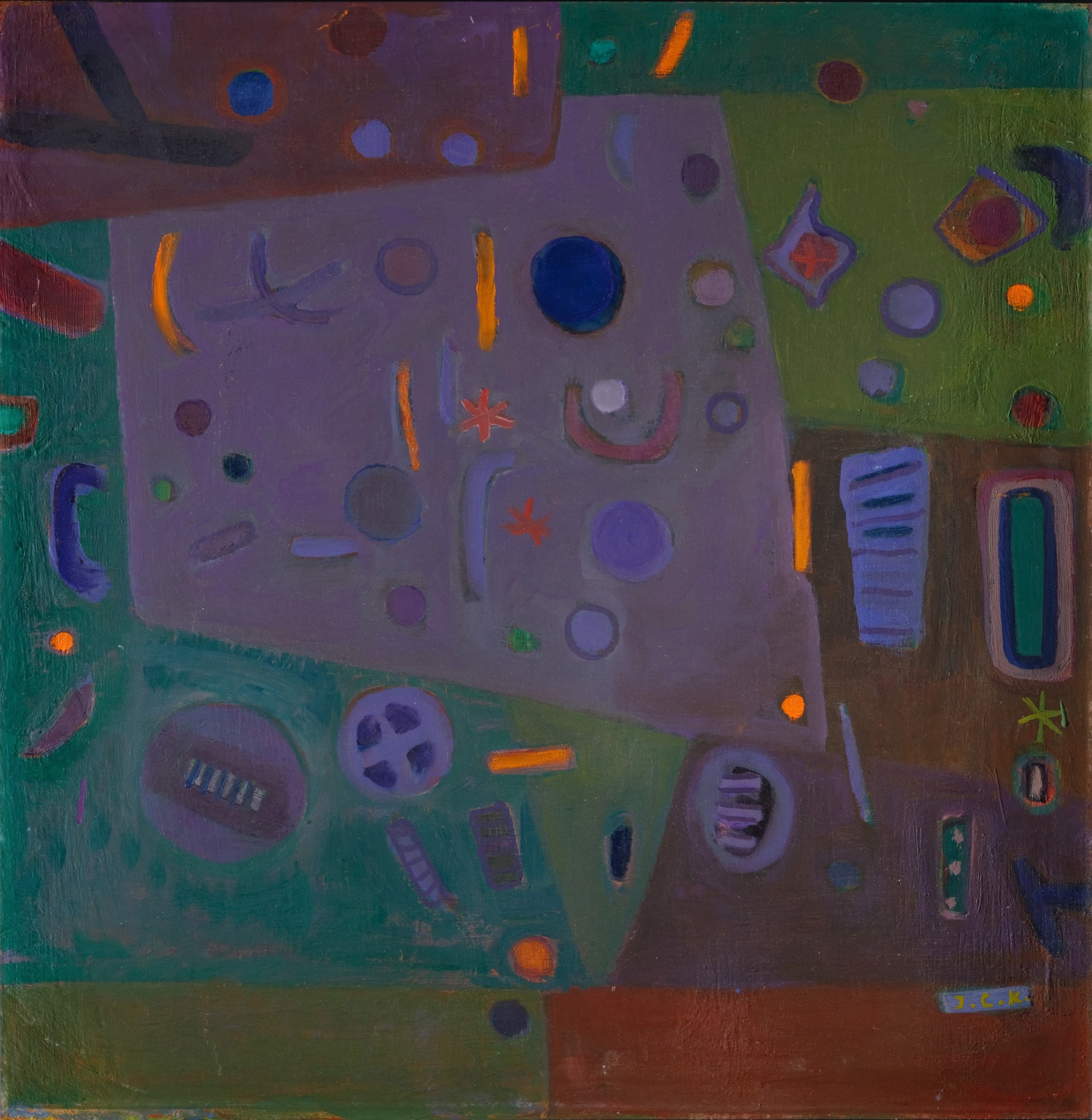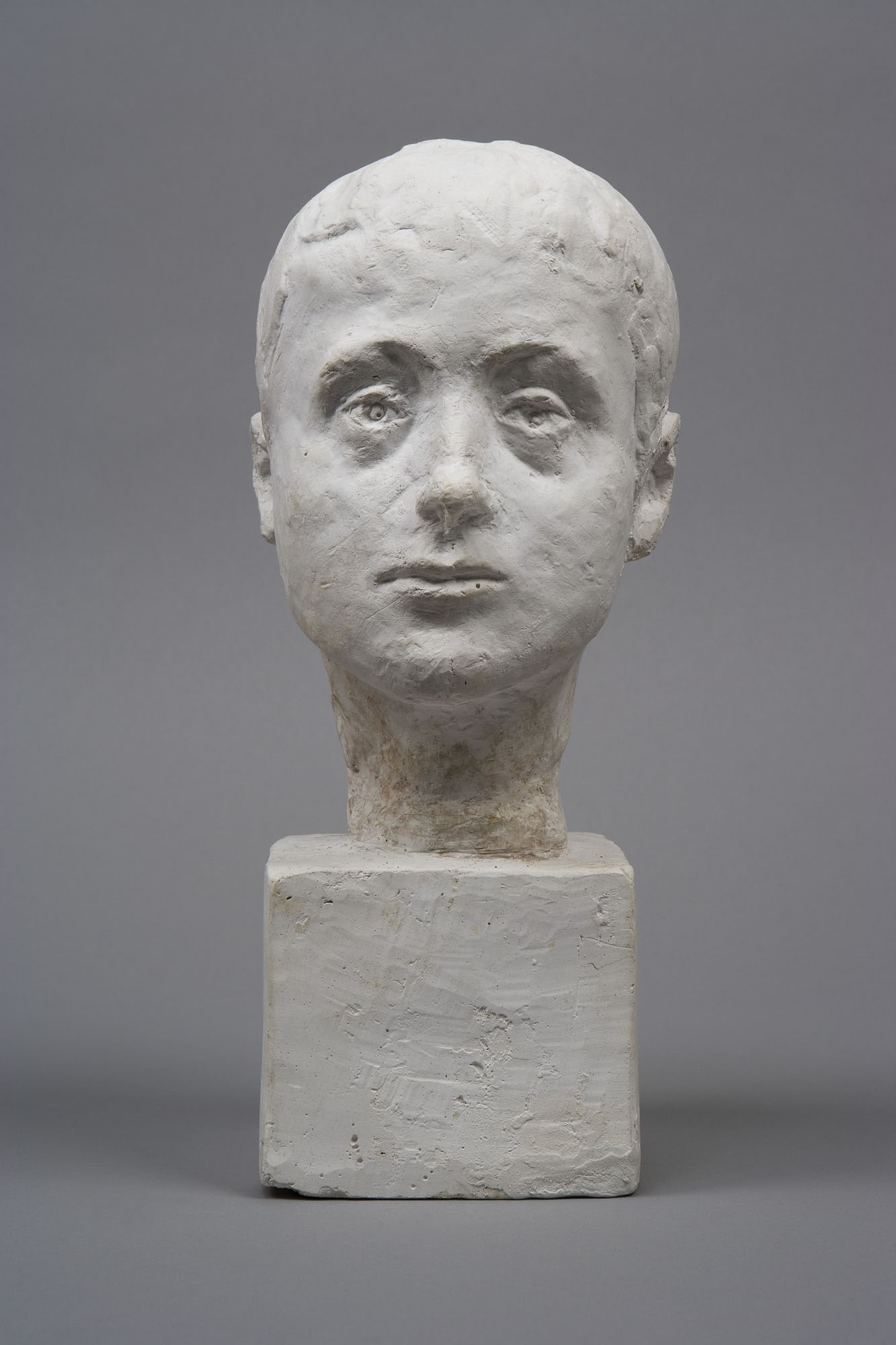Pera Museum welcomes a special concert by Metrum Ensemble Trio+ as part of Calculations and Coincidences.
The ensemble interprets classical and contemporary works with a unique approach, highlighting that music, like visual arts, contains structured and spontaneous elements. This special performance also features flutist Anna Rákóczy, daughter of Gizella Rákóczy, whose works are displayed in the exhibition.
The concert offers a musical journey from Western Europe to Hungary, inviting listeners to explore compositional masterpieces from the Renaissance to the present day.
The concert will take place on the 4th floor of the Pera Museum, in the hall where the exhibition Calculations and Coincidences is displayed. Tickets are 450 TL and can be purchased from Biletix or the Pera Museum reception on the concert day. Seating is unreserved. Pera Museum Friendship Program members may enjoy a 20% discount. The concert is without intermission and lasts approximately one hour.
About Metrum Ensemble
Since its debut in 2012, the Metrum Ensemble has been associated with a unique artistic vision and a consistent work ethic, characterising its significant musical achievements and long list of memorable concerts.
The art of the Metrum Ensemble evokes both playfulness and responsibility. The ensemble members are not afraid to become “co-authors” of classical works, as they perceive every musical act as a contemporary creative process. The musicians are equally attracted by the discovery of the past, playing classical oeuvres as music that has never been performed before, and interpreting the contemporary, performing new music as one belonging to us, waiting to be discovered. Their constant interest in collaboration with contemporary composers has resulted in more than forty world premieres.
The Metrum Ensemble is always eager to participate in “border-crossing” productions with other branches of creative arts and constantly draws inspiration from unique venues, such as museums, galleries, theatres and churches, that reveal new aspects of the performed pieces.
Temporary Exhibition
Calculations and Coincidences brought together three pioneers of algorithmic art—Vera Molnár, Dóra Maurer, and Gizella Rákóczy—through their works from the Hungarian National Bank Collection. The exhibition focused primarily on the profound influence of Molnár, who was unquestionably among the most significant names in computer art while tracing how the artistic explorations of Maurer and Rákóczy expanded the boundaries of abstraction through the integration of algorithms and mathematics.
Click for more information about the exhibition.


We meet at Marcel Dzama’s studio in Brooklyn on the occasion of his solo exhibition Dancing with the Moon at Pera Museum. On this freezing day in January, he welcomes us with a warm smile, and for a few hours, we step into his world filled with surreal characters, music, dance, politics, and play.

A firm believer in the idea that a collection needs to be upheld at least by four generations and comparing this continuity to a relay race, Nahit Kabakcı began creating the Huma Kabakcı Collection from the 1980s onwards. Today, the collection can be considered one of the most important and outstanding examples among the rare, consciously created, and long-lasting ones of its kind in Turkey.

Organized in collaboration with the Giacometti Foundation, Paris, the exhibition explores Giacometti’s prolific life, most of which the artist led in his studio in Montparnasse, through the works of his early period as well his late work, including one unfinished piece. Devoted to Giacometti’s early works, the first part of the exhibition demonstrates the influence of Giovanni Giacometti, the father of the artist and a Swiss Post-Impressionist painter himself, on Giacometti’s output during these years and his role in his son’s development.
Tuesday - Saturday 10:00 - 19:00
Friday 10:00 - 22:00
Sunday 12:00 - 18:00
The museum is closed on Mondays.
On Wednesdays, the students can
visit the museum free of admission.
Full ticket: 300 TL
Discounted: 150 TL
Groups: 200 TL (minimum 10 people)